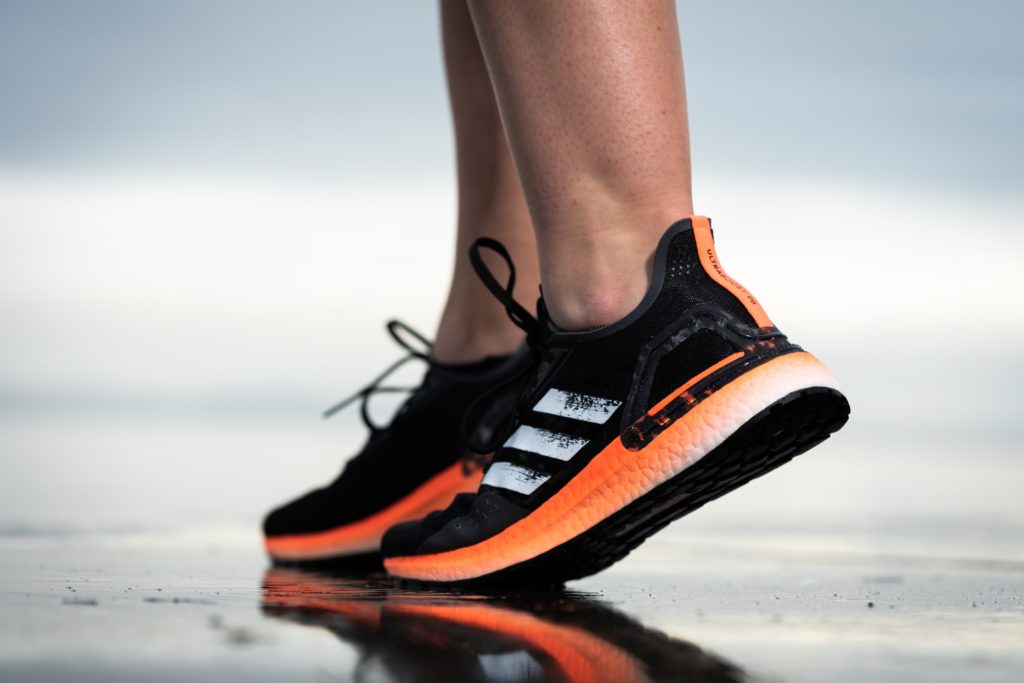Pros and Cons of Run Streaking

Running at all can seem hard. It is an amazing feat to get out any day and ask your body to run. On average most recreational runners run 3-5 days per week while we see more advanced or professional runners running 6-7 days. The complexity of frequency takes into account time, stress, life, work, goals, and your body’s ability to withstand the pounding. In recent years a new trend of run streaking has become popular with recreational runners. While I’m not sure the origins I imagine it in part comes from looking at pro runners’ training. A run streak is a commitment to running every day for X amount of days. Officially, The United States Running Streak Association requires that you run at least 1 mile per day to qualify for a streak but you can commit to how ever far you want to run each day.
The purpose of a run streak isn’t necessarily to train for an event, in fact, run streaking and training to run a fast race don’t often work. A run streak is more about the mental challenge of running every day and doesn’t take into account periodization of training. Before taking on a running streak challenge I highly recommend consulting with a coach or physical therapist to discuss your past training and how to execute the streak in a healthy way. If given the green light and a plan, then assess the mental health pros and cons of run streaking to see if it is right for you.
Pros and Cons of Run Streaking
PROS
- Consistency – Perhaps the biggest benefit of a run streak is the consistency built by running every day. Consistency with training is one of the biggest struggles many athletes have due to family, work, and life demands. By committing to a streak, you take the emotional or motivational feelings out of the decision process of deciding to run. You’ve already decided to run, the only thing you have to consider is when and how you are going to get your run in. The planning aspect of getting your run in also helps you learn to prioritize and block out time for what is important to you.
- Resilience and Confidence – Many people like run streaks because of the confidence and resilience they gain by running every day. Completing a run even when feeling unmotivated or tired builds belief that that they are capable of doing hard things. Belief in one’s ability is a major contributing factor to someone’s belief that they can achieve their goals. Belief grows through both cognitive narratives and performed behaviors. A run streak can help to strengthen both of these neural pathways and be the foundational belief that then goes on to fuel the process of breakthroughs.
- Having a Clear Goal – Run streaks are successful because they give a clear goal. You know how many days you plan to run every day and that you will run a minimum number of miles per day. Having a clear goal you are working towards helps with motivation, commitment, and fun. It can provide a “Why” to your running if you don’t have a race planned and are feeling low on motivation. Many people that do a run streak say they began it because they felt themselves not enjoying running. Participating in the the streak helped to rekindle their love and joy.
ADVERTISEMENT

CONS
- Inability to Choose One Goal – As mentioned before, run streaking and training do not often mix well except perhaps for advanced and injury resilient runners. A run streak often means leaving higher mileage and intensity on the table in exchange for slower and shorter runs. You have to be honest with yourself about your goals. Does a run streak fits into your overall plan for running and racing? Runners that try to have multiple opposing goals often find themselves frustrated, disappointed, and injured.
- Compulsive Exercise – Run streaks have the potential to flip the switch for those prone to compulsivity and addictive behaviors. The act of running daily no longer becomes a goal or preference but a need to emotionally be okay. There is no room to allow injury or life to interrupt the streak. If you feel that the need to run is beginning to control you talk to your friends, coach, or therapist. This can help you assess if your run streak is harmful to your mental health.
- Disconnecting From Your Body – A run streak has the potential to remove the mindfulness element of running that allows you to connect to the signals and messages your body is sending you about adaptation, injury, and rest. Successful runners will tell you part of training is knowing when to listen to your body. A run streak has the potential to remove this element. This is particularly true in regards to rest. A run streak goal does not allow a day off until it is completed. This can be problematic when it comes to overuse injuries. It can also impact the ability to reconnect to your body’s signals once the streak is over. When you begin a structured training plan you may have difficulty connecting to your body’s signals.
Many people enjoy run streaking as a fun way to gain some confidence. That may also have a different goal than a race. Some people love their weekly rest day and have no interest in letting it go even briefly. Some like the allure of the run streak but know it is not good for their mental health. The best advice I can give is that any goal, including run streaking, should add to your life. In this case, run streaking should add to your enjoyment of running. So, if you’re physically and mentally healthy and a run streak does that for you then go for it!
ADVERTISEMENT

Haleigh Fisher is a Licensed Professional Counselor working with athletes to help them train and live happy by helping them develop mental skills and embrace their strengths. She is a former Division I cross country athlete turned trail runner and uses her experience as a competitive athlete and mental health clinician to connect with clients and help them unlock their potential. Haleigh describes herself as a joy seeker, a trail running adventurer, a celebrator of food, an artist, and a lover of people; thrift shopping; and cupcakes.








